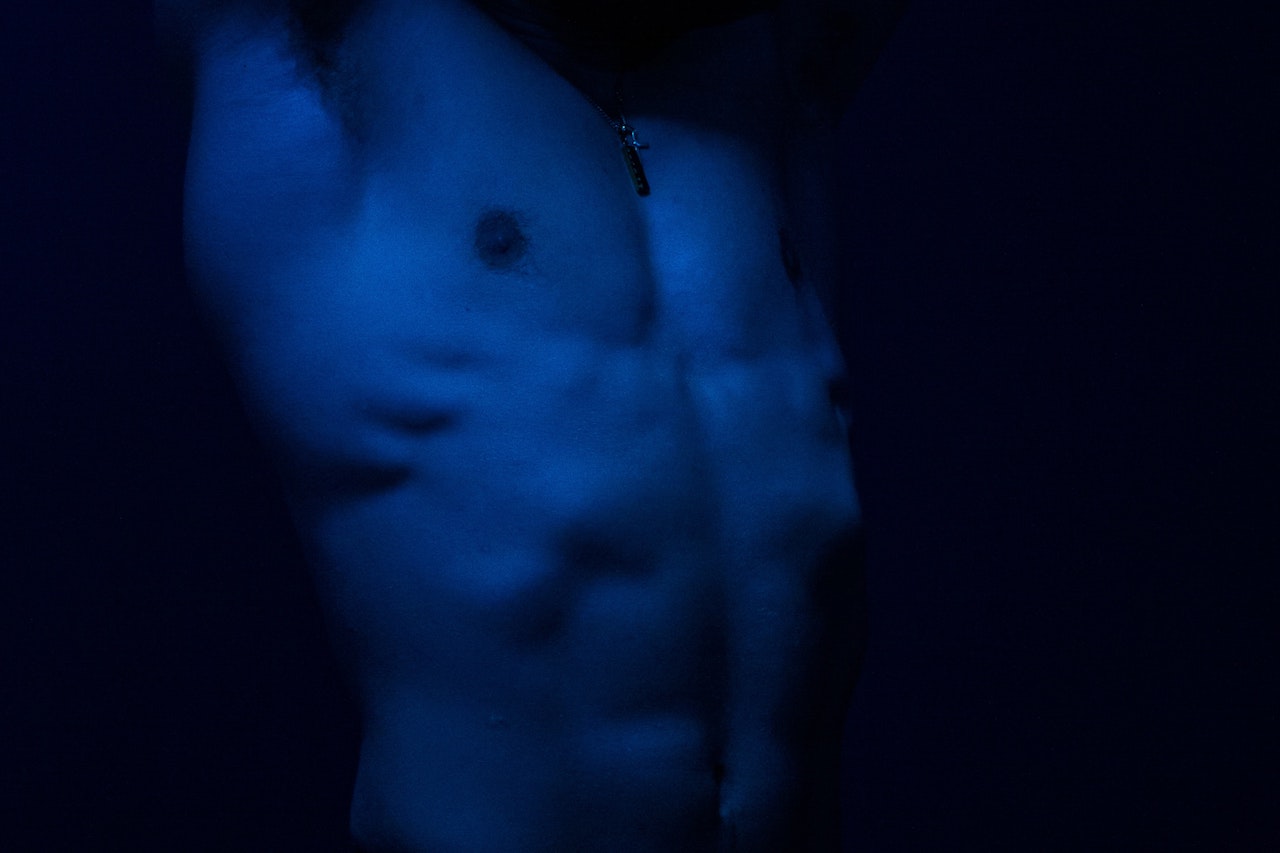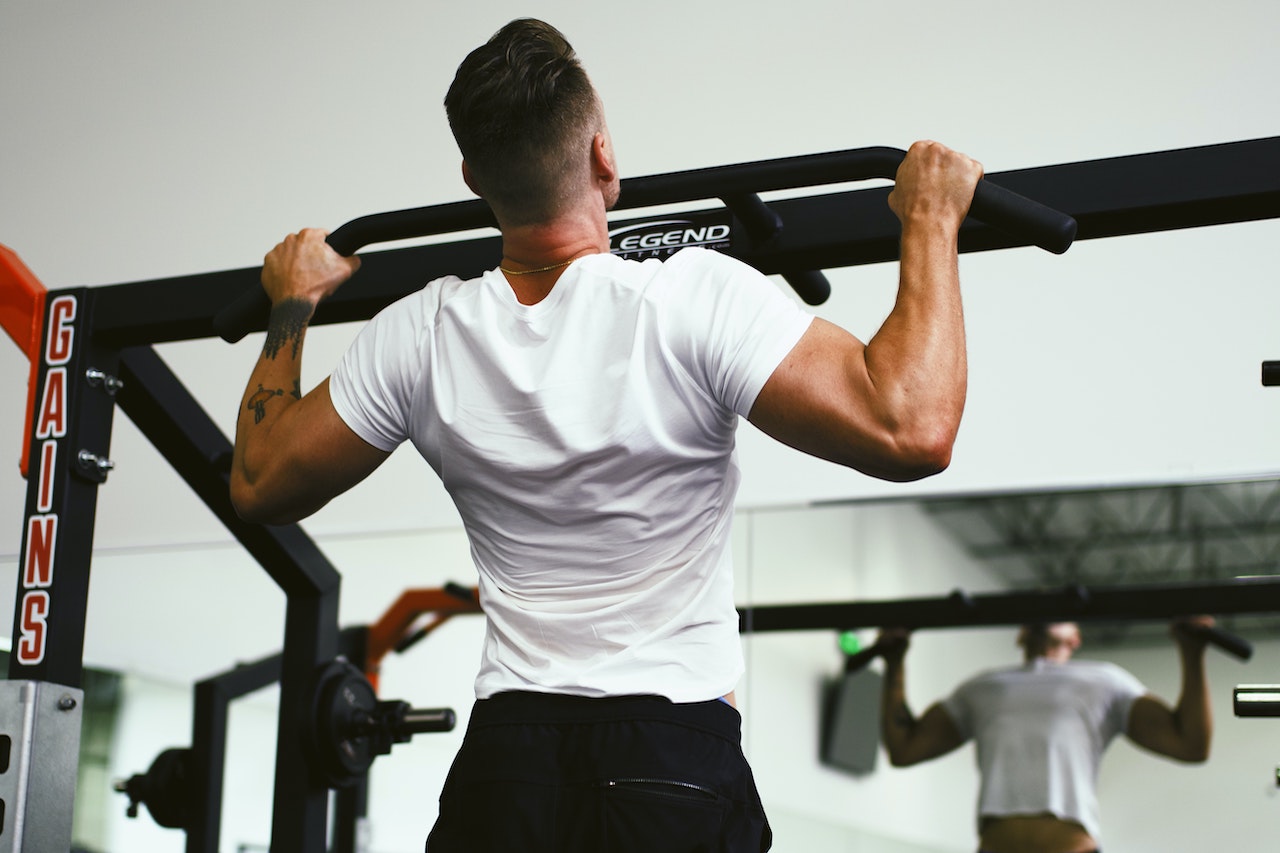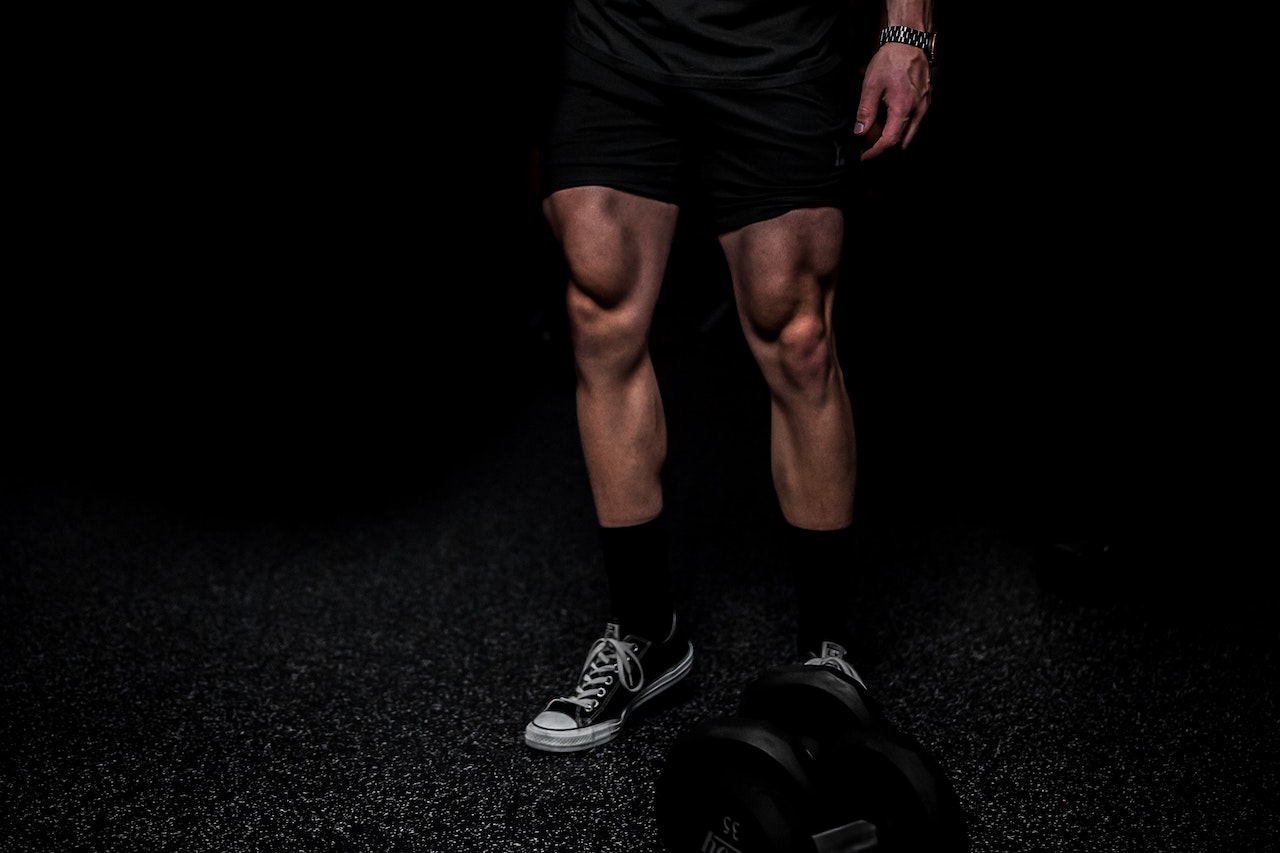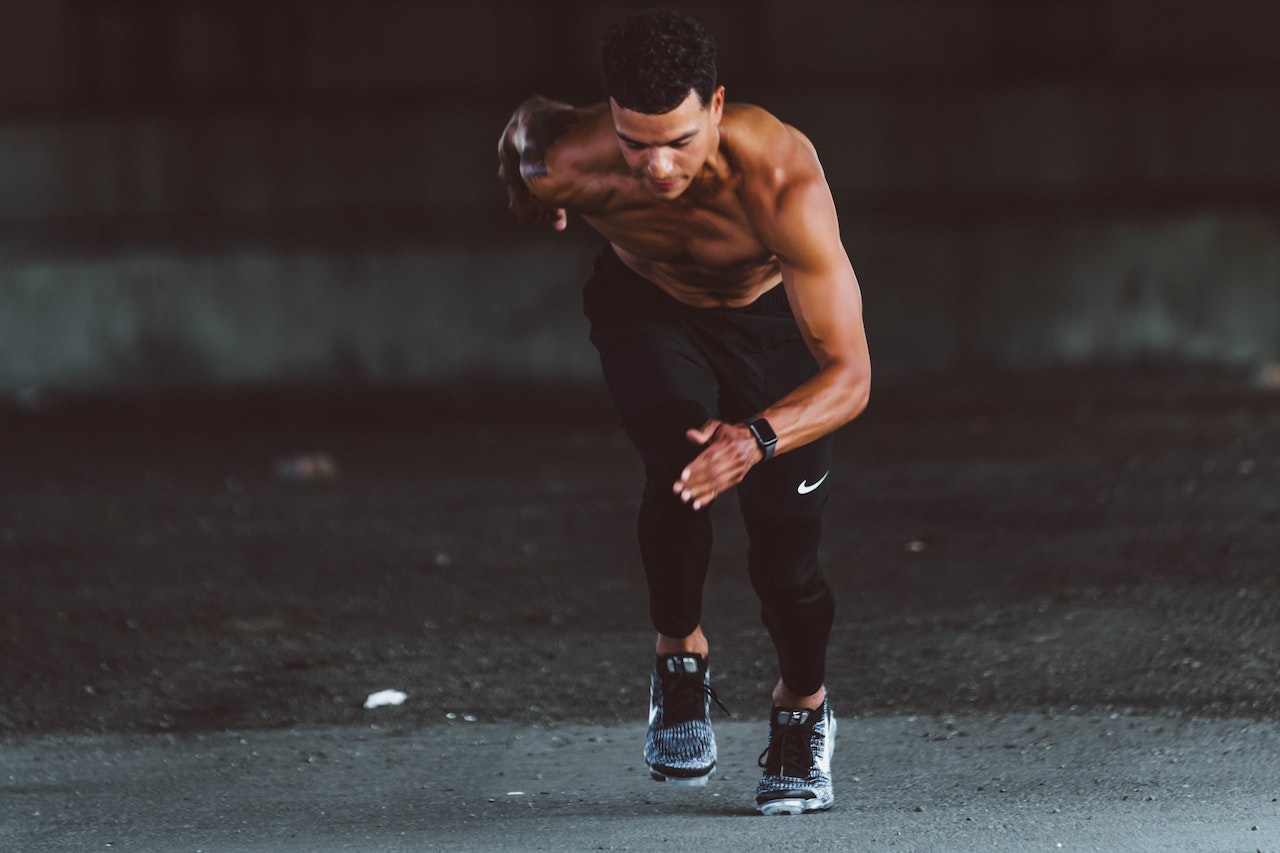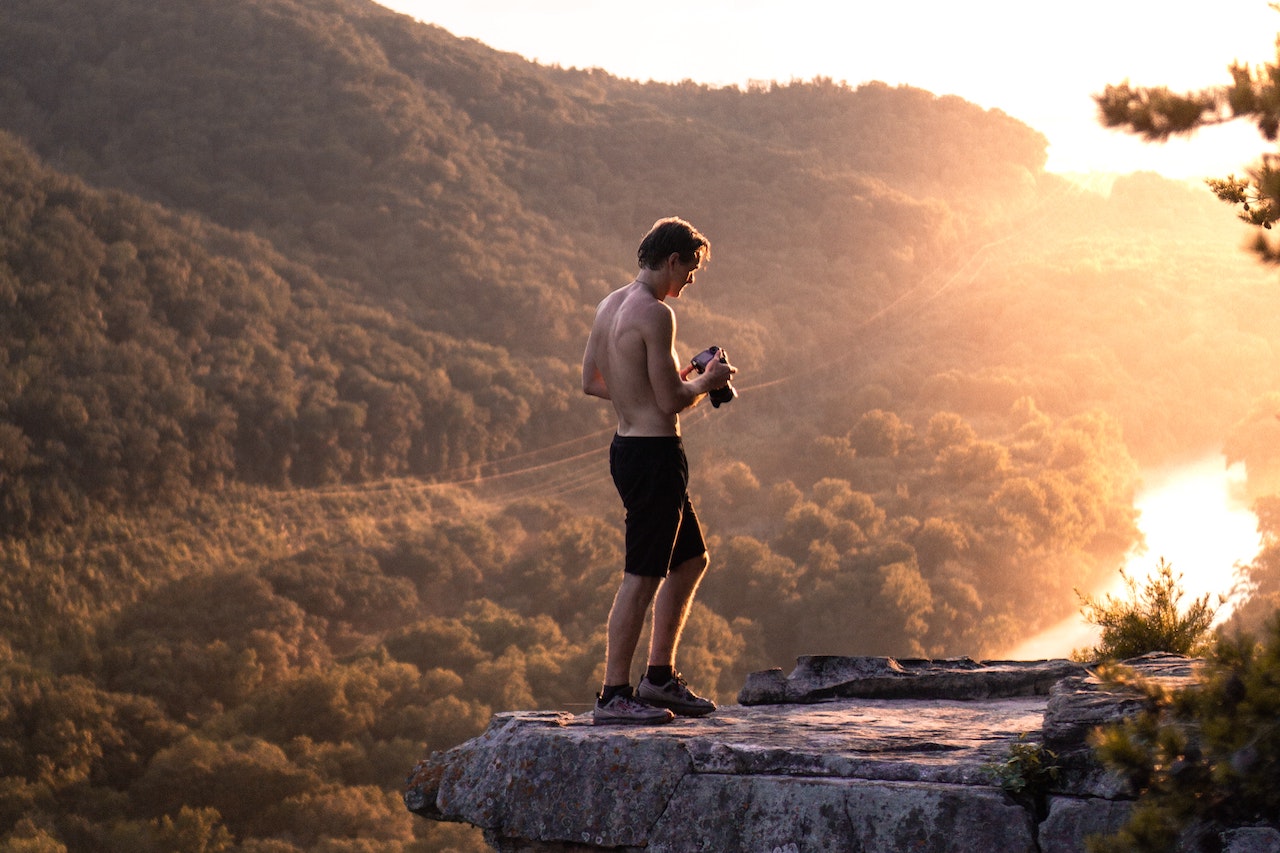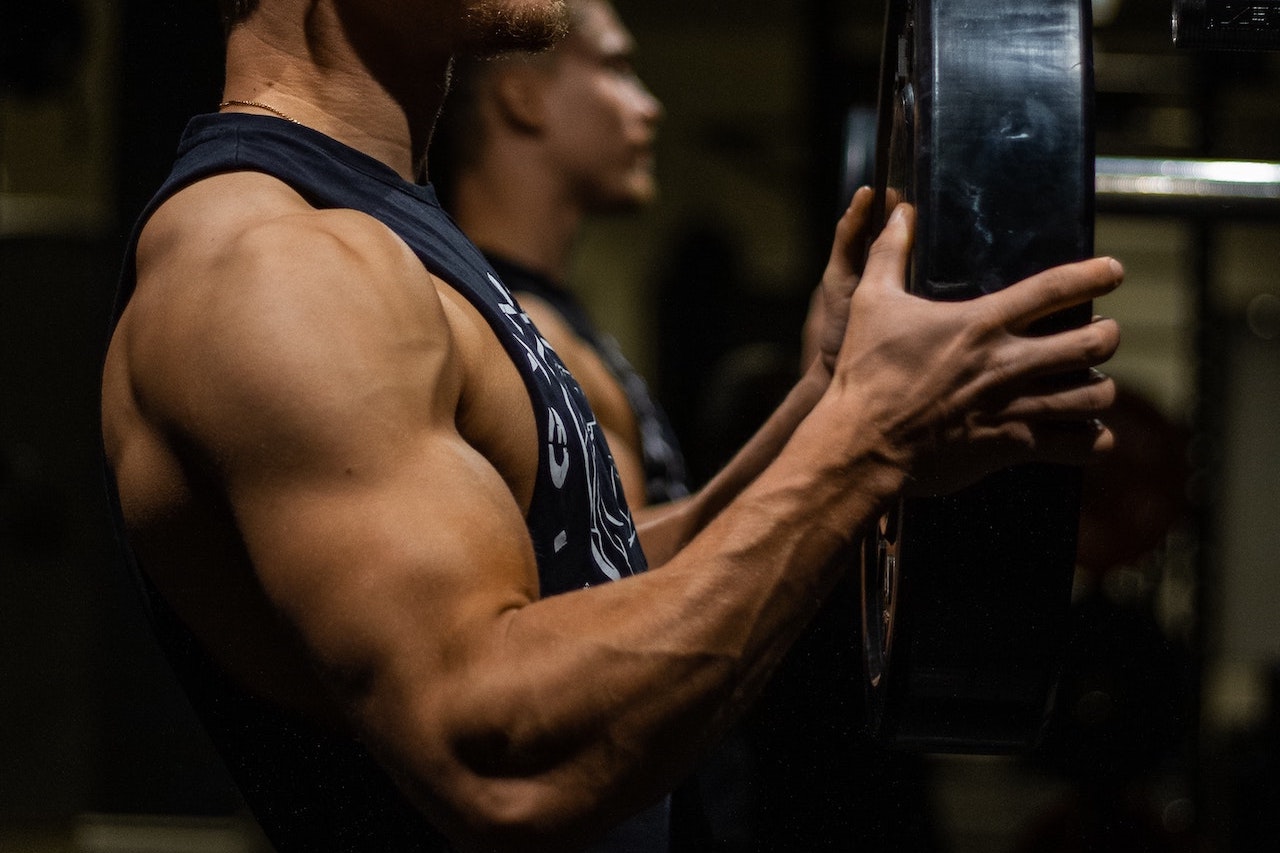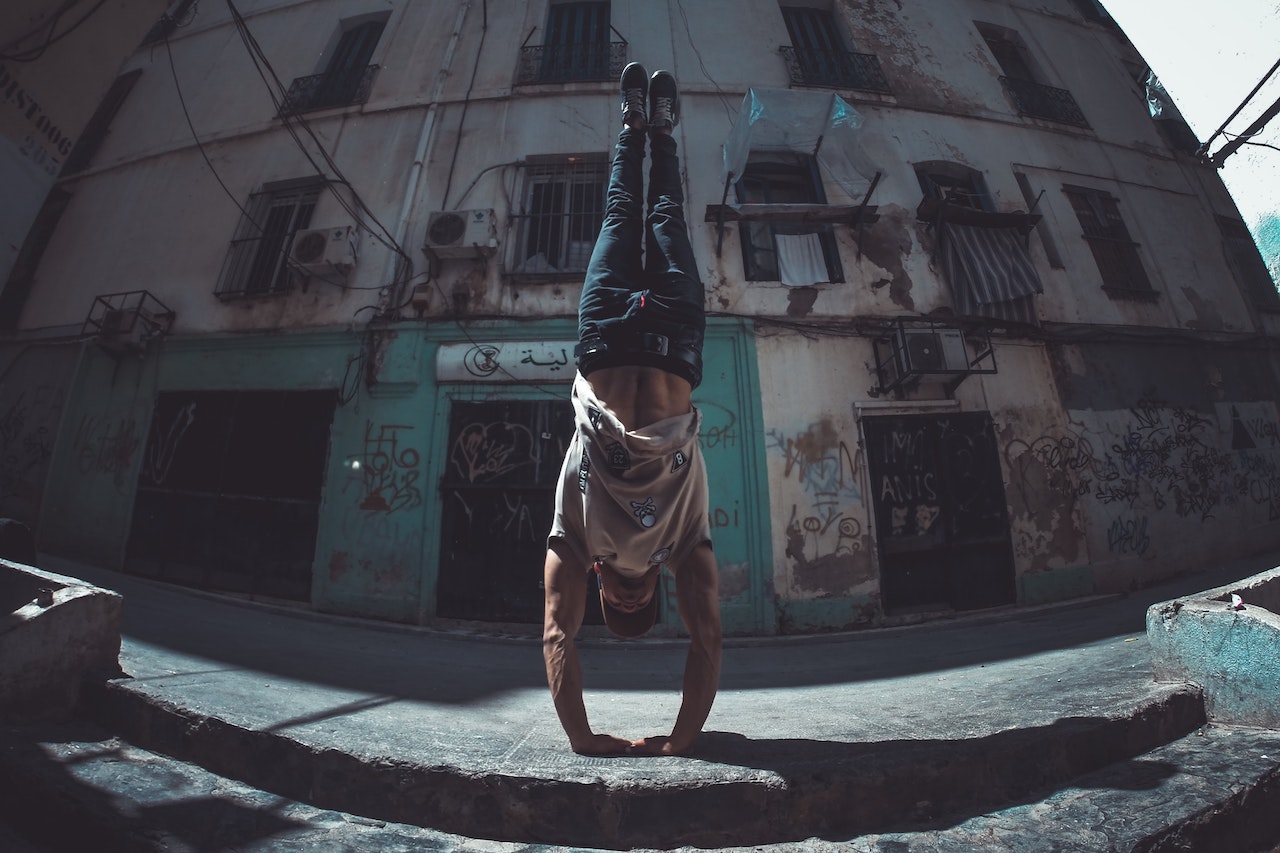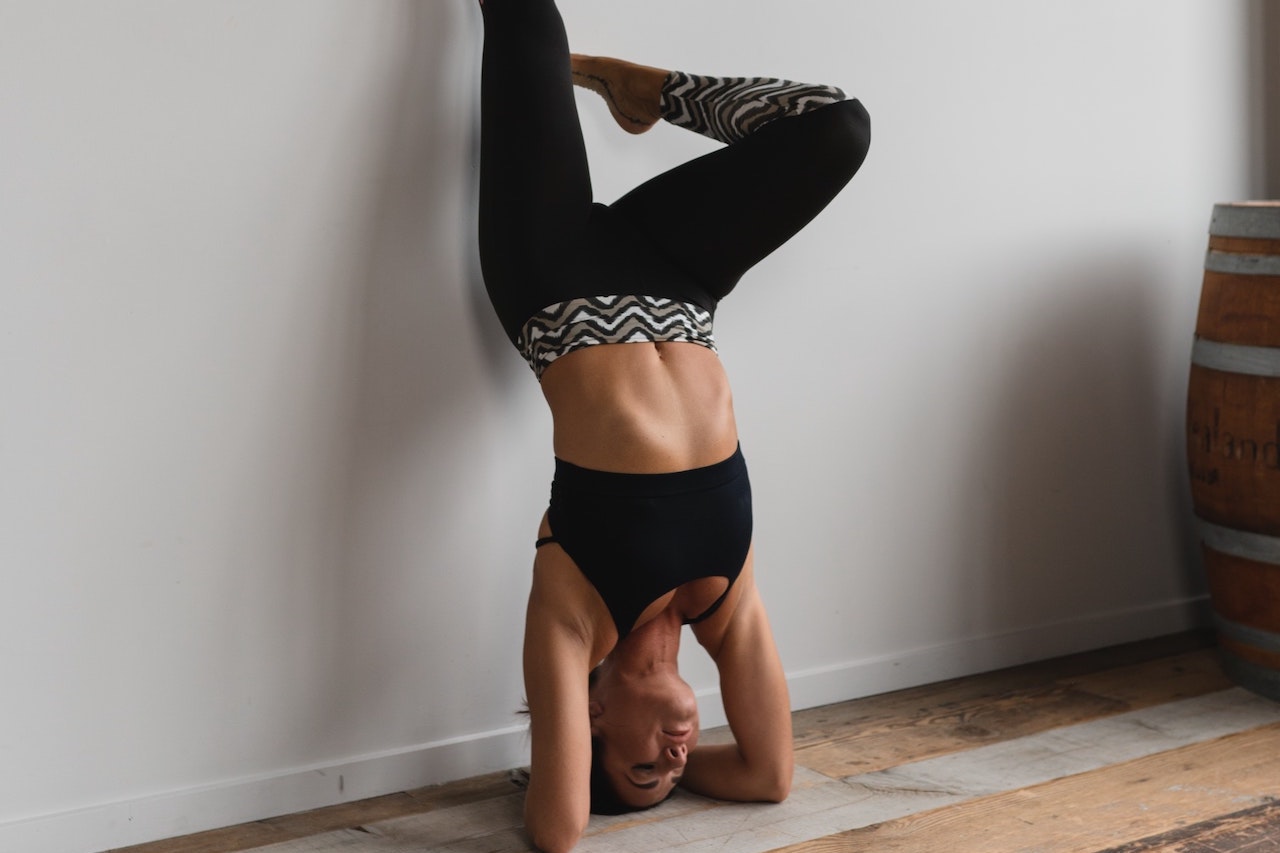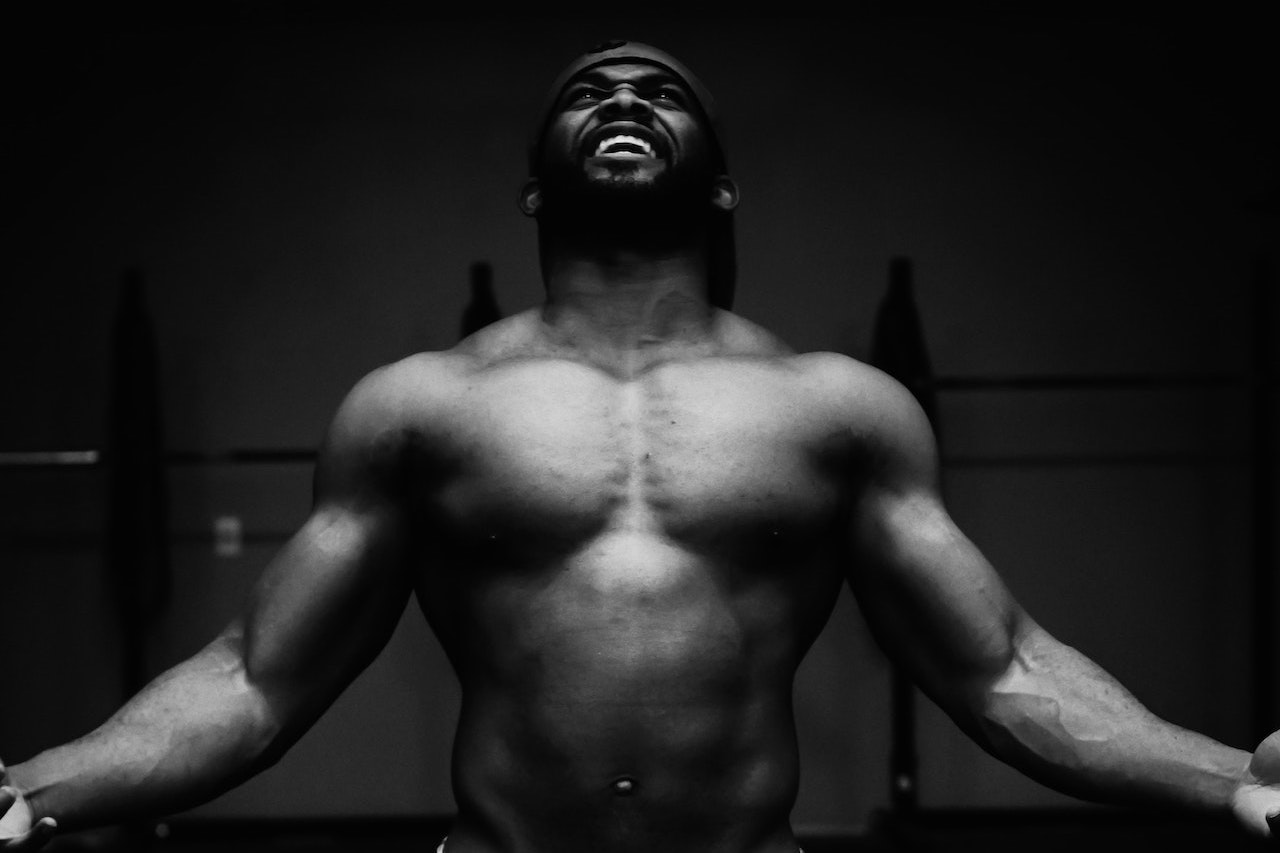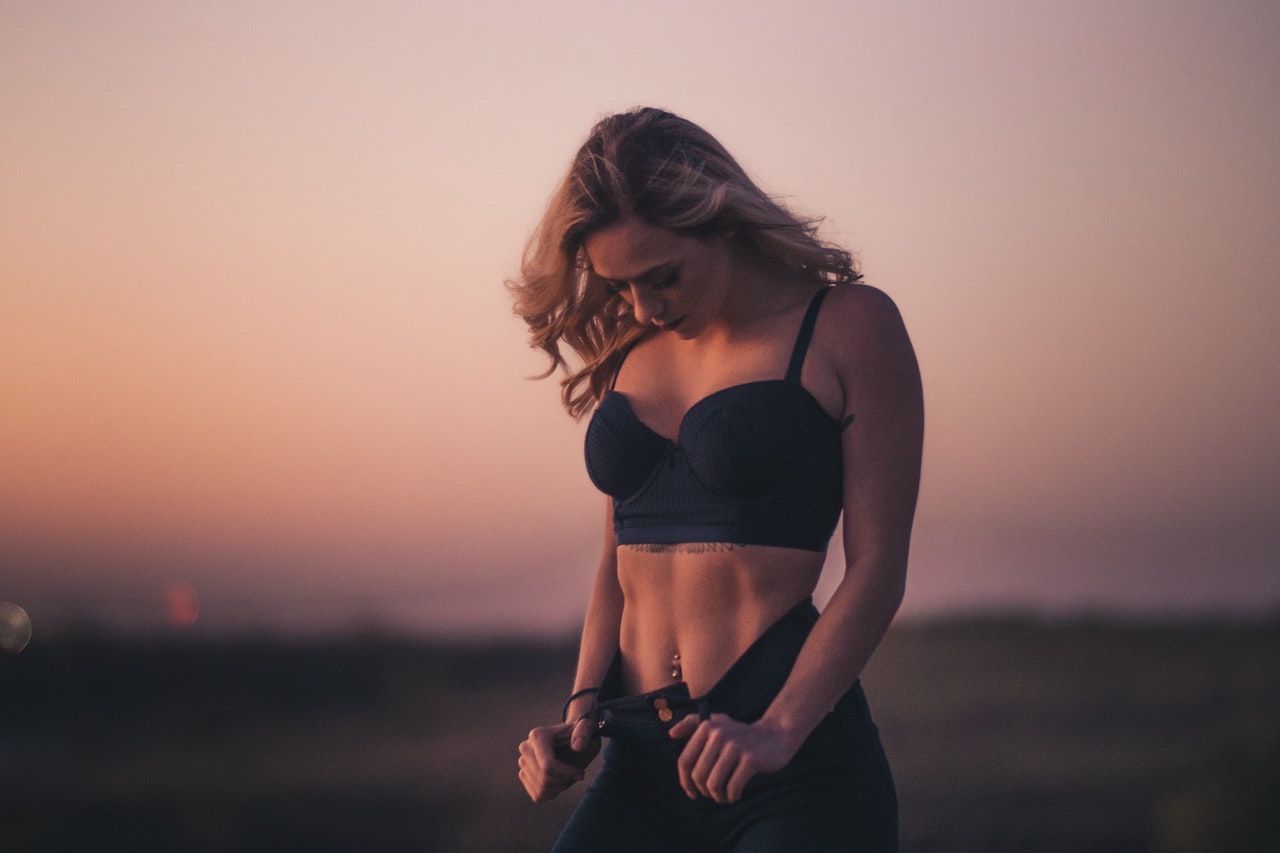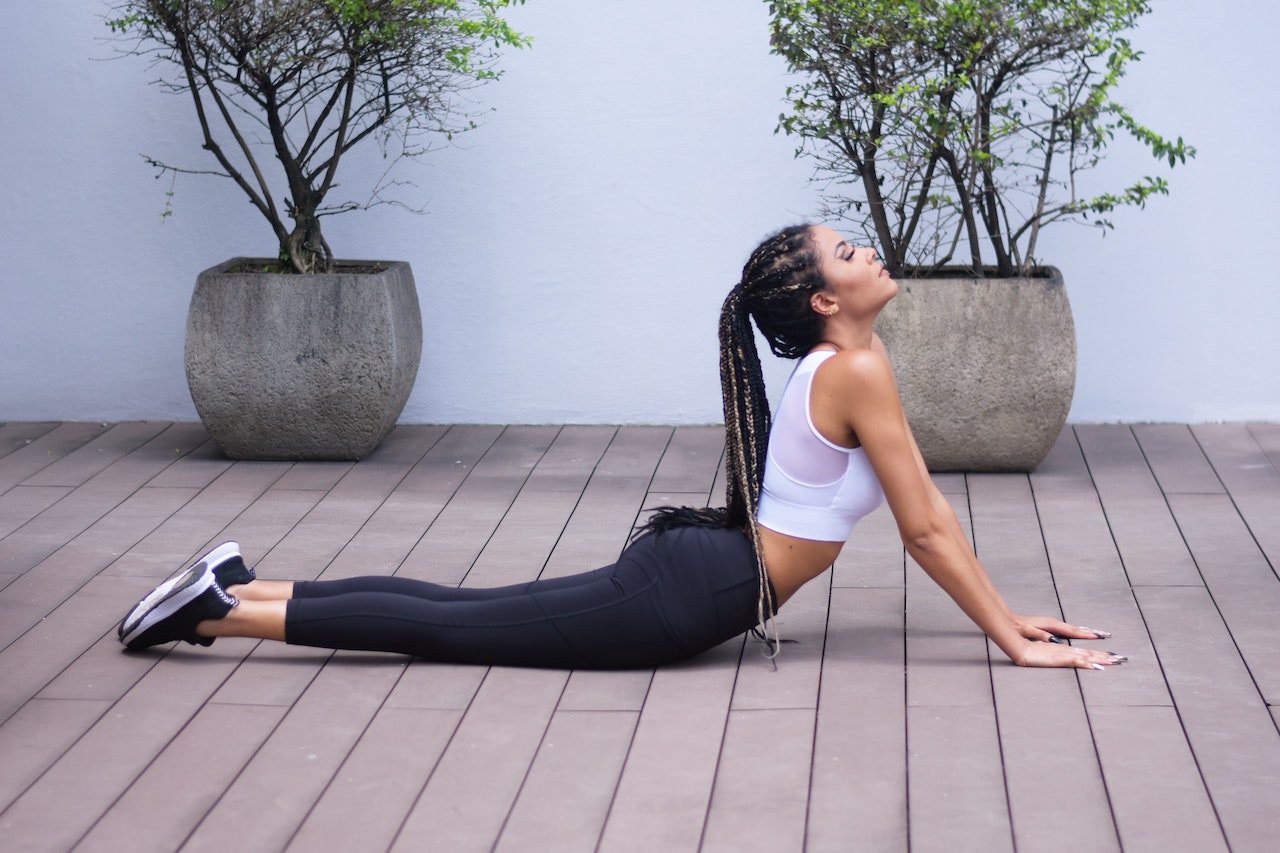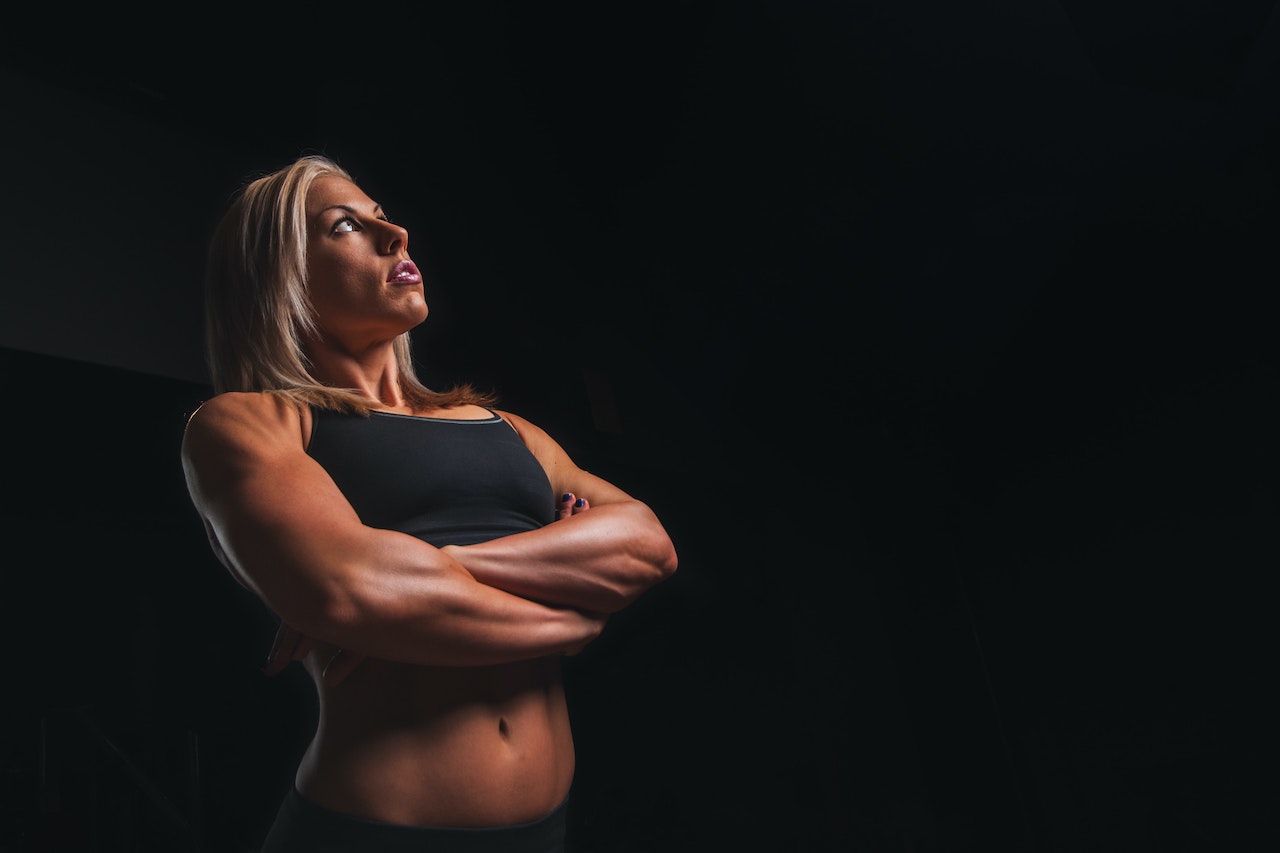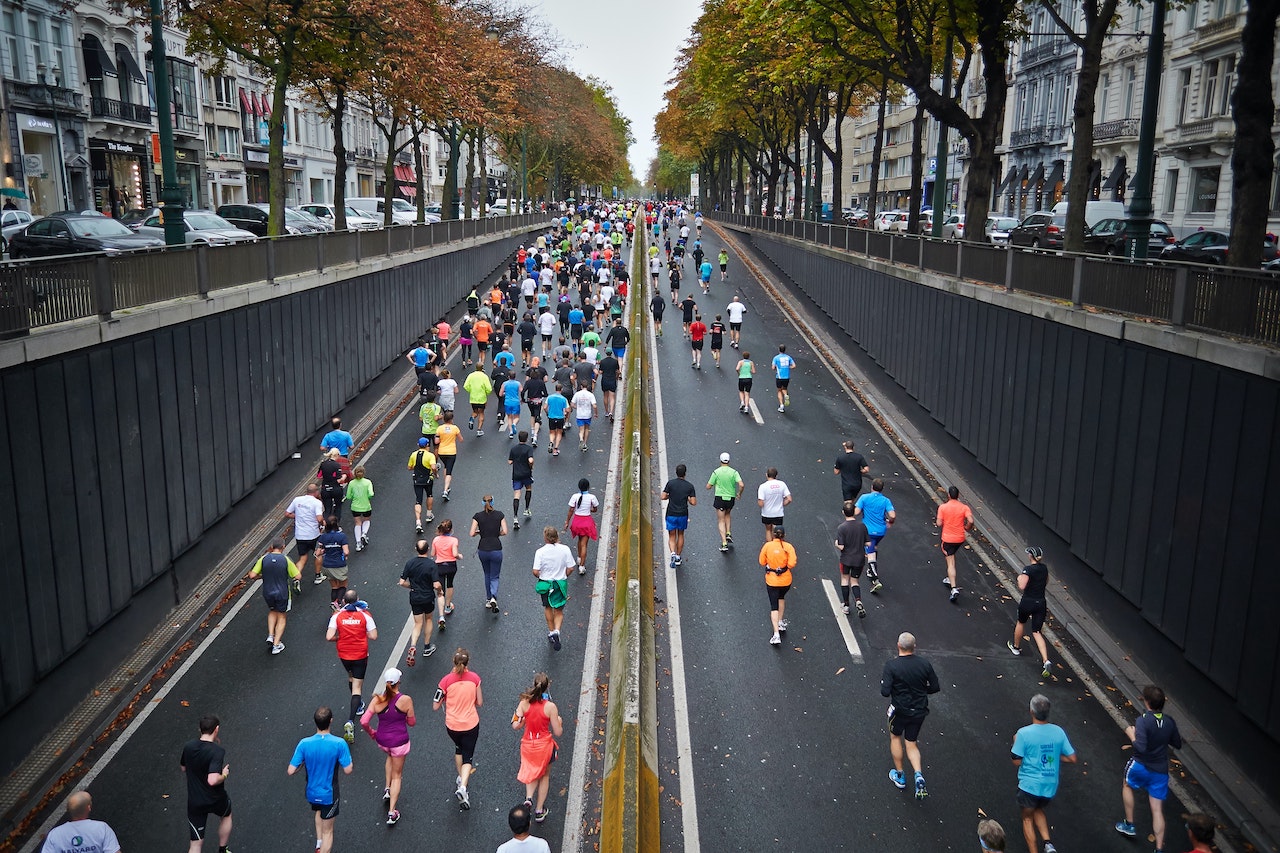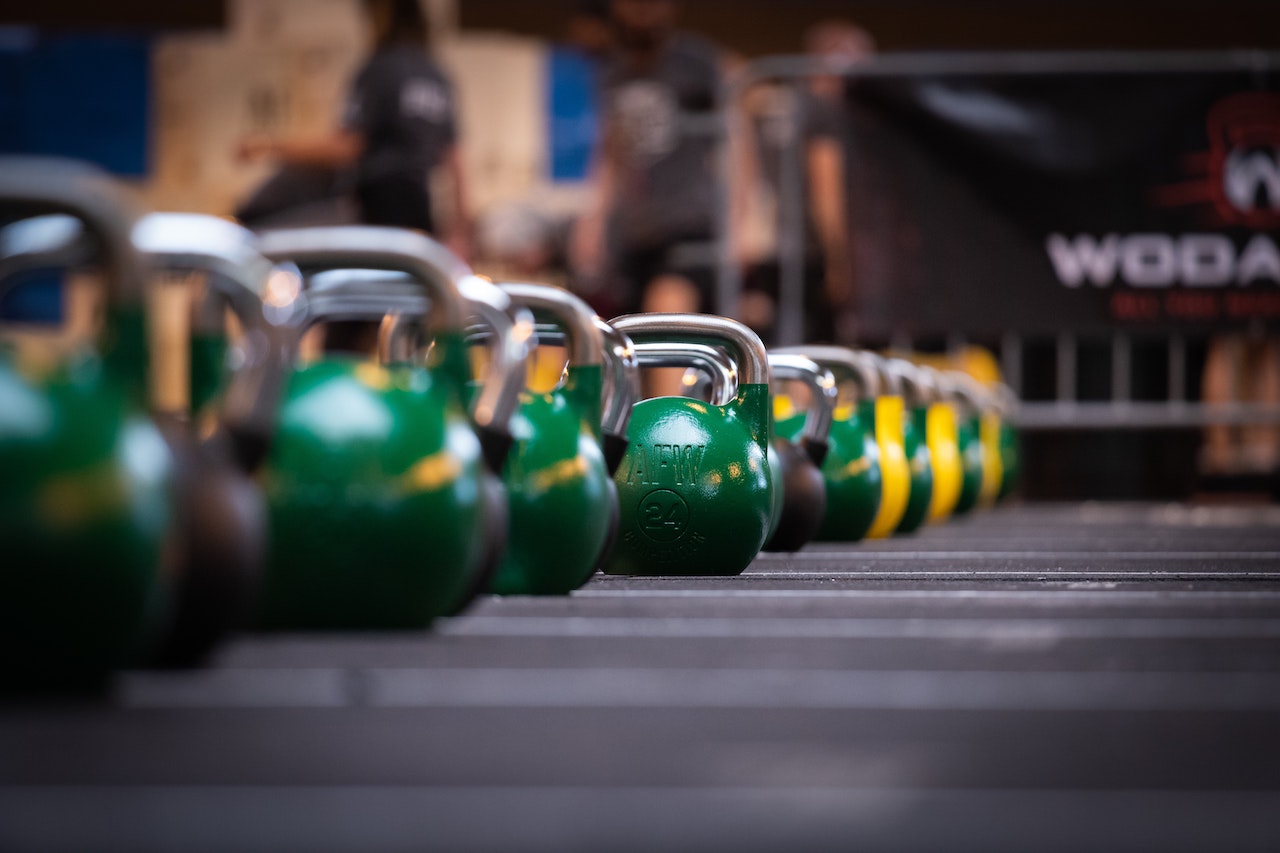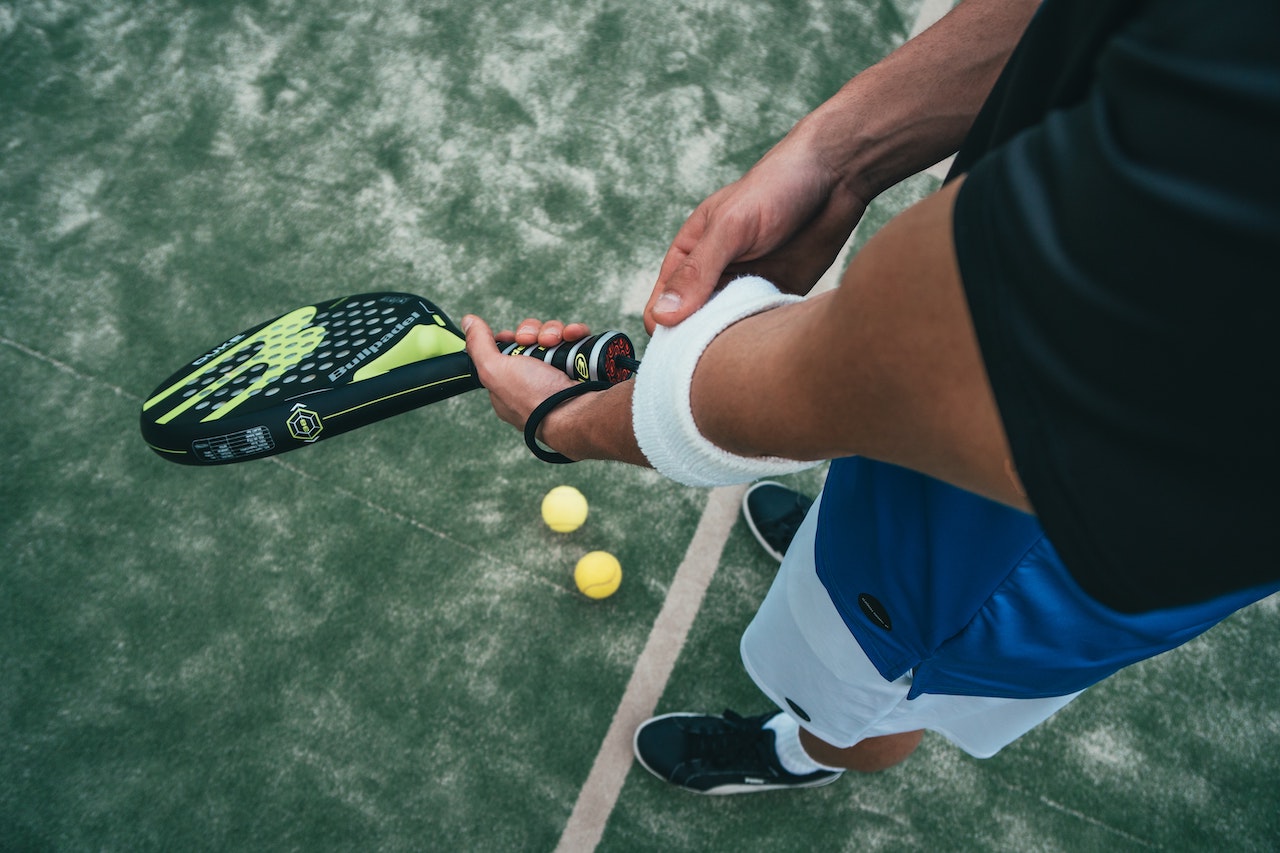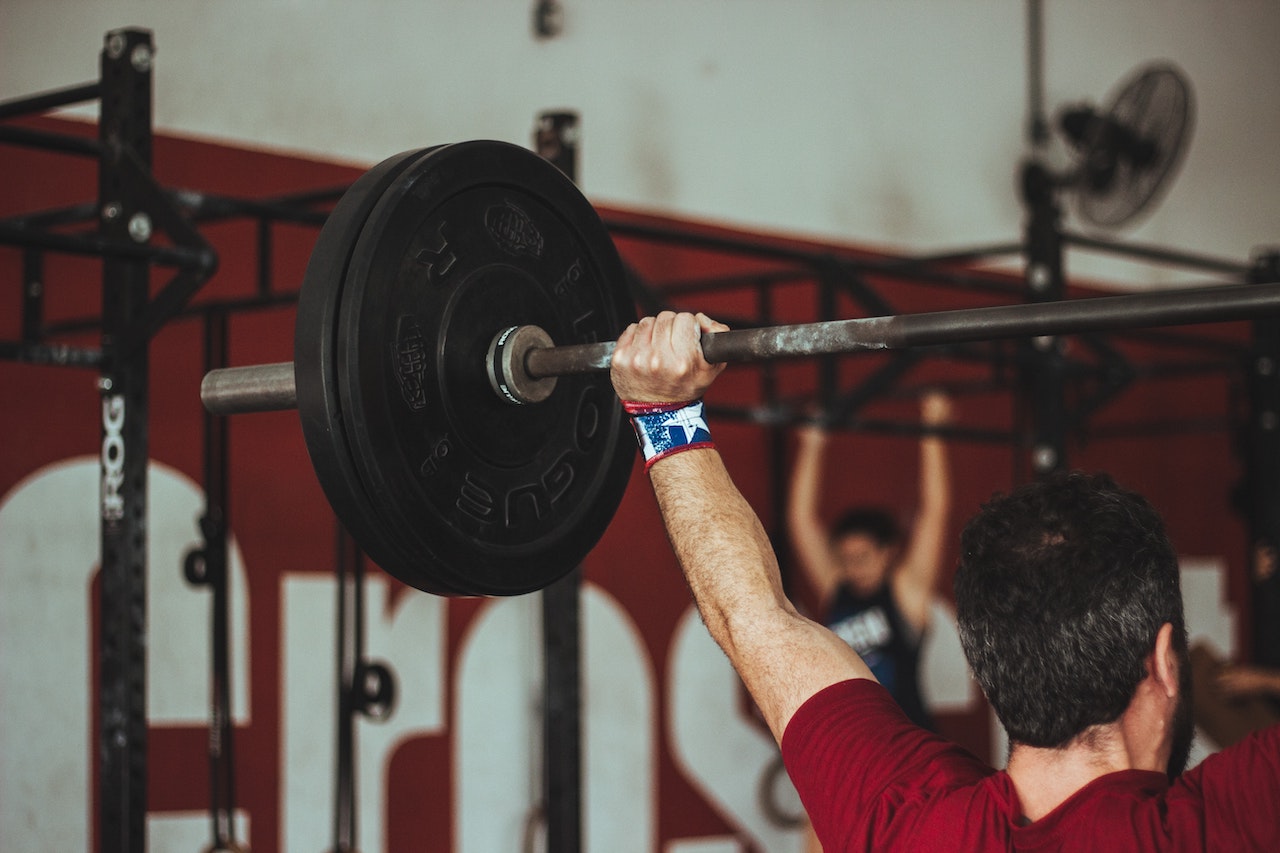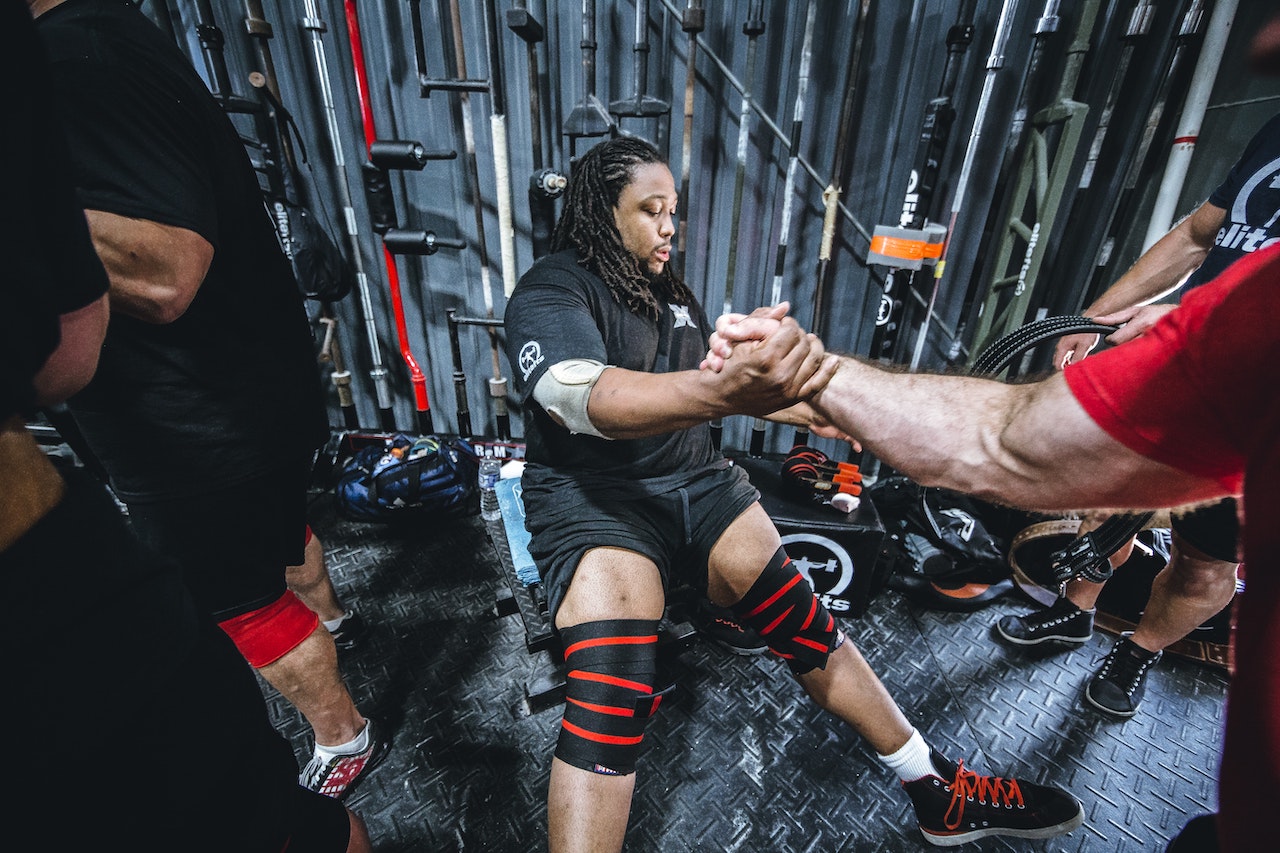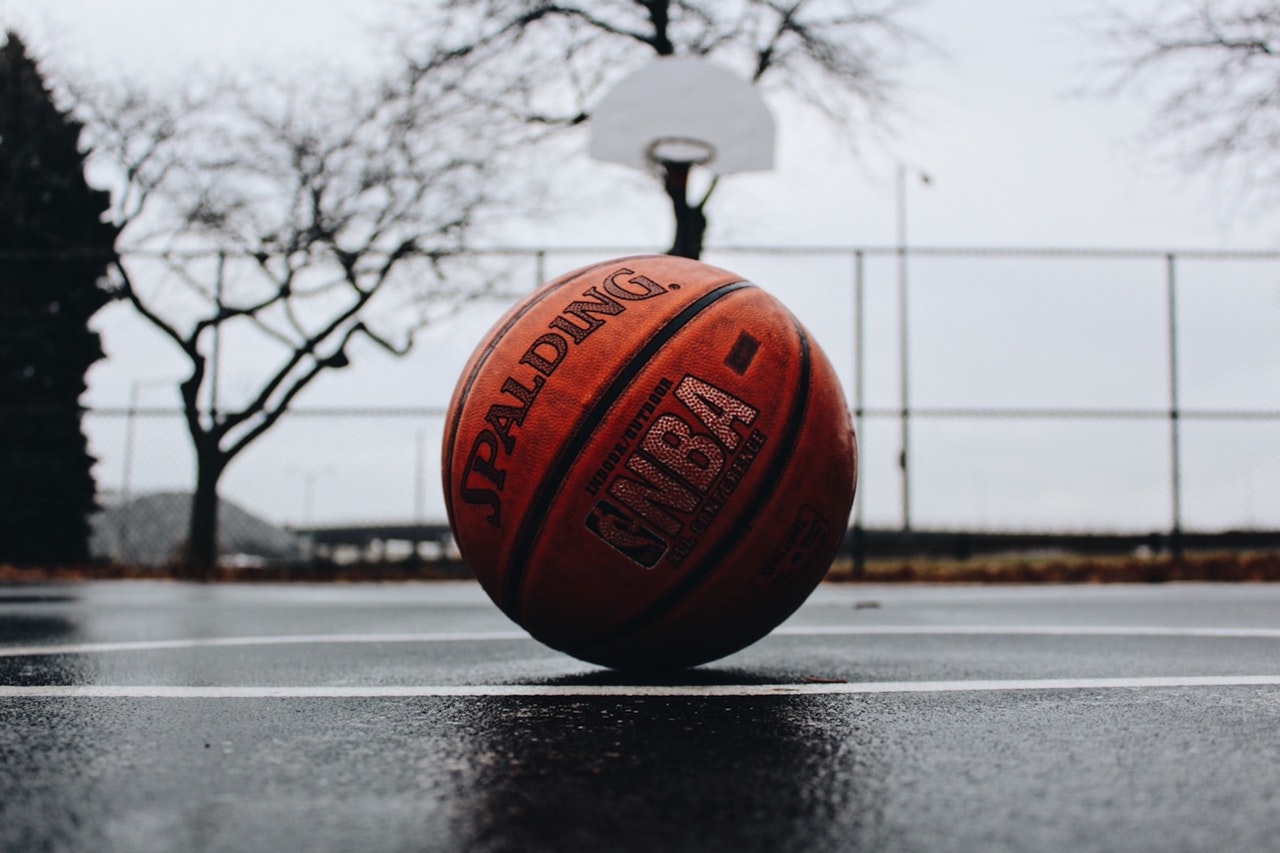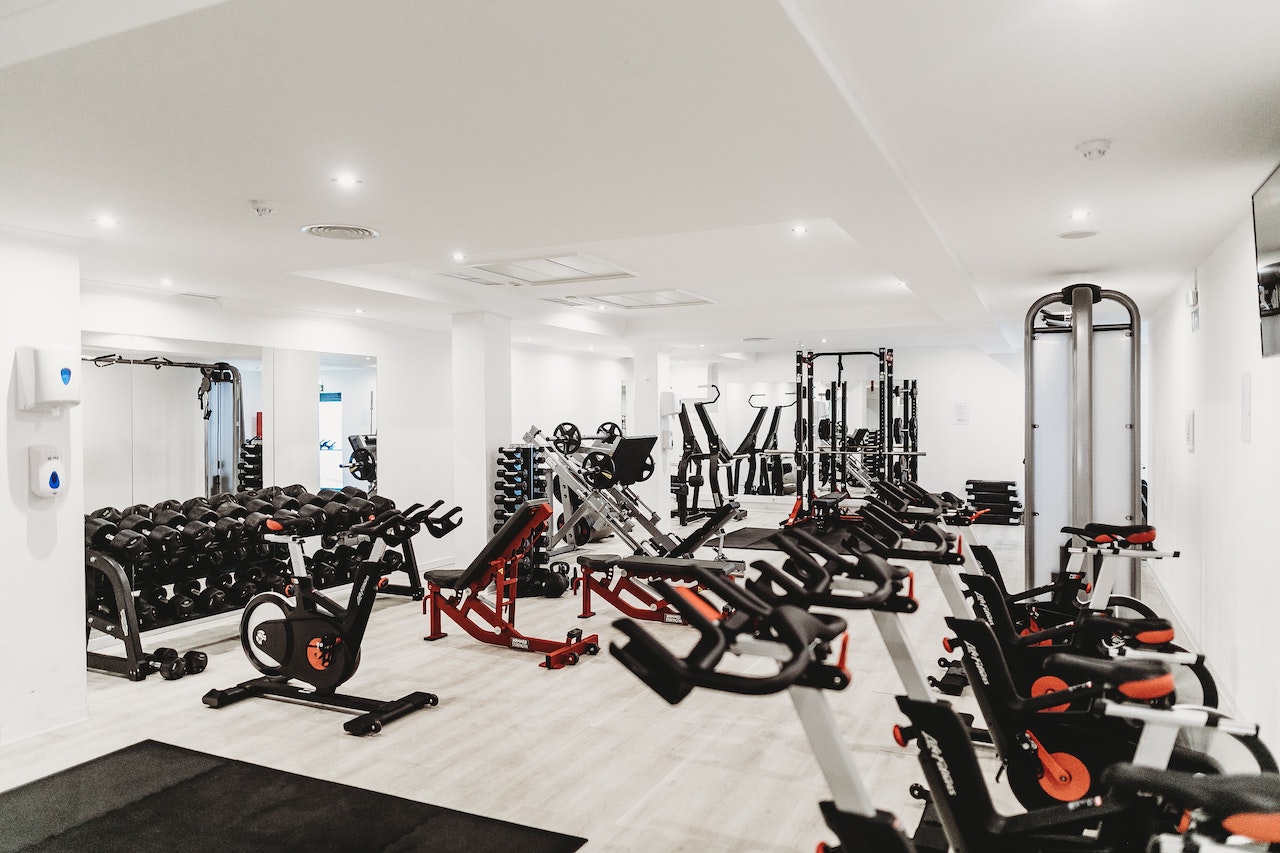for those of you who stick to fitness, it can be a challenge to develop strong pile-drivers. Your hard work, perseverance and self-discipline will get you to where you want to be before it's time to spell talent.
Weights, sets of reps, intensity levels and movements are all aspects of leg work that need to be considered. Do you immediately know what you want to work on when doing squats? If you feel like your quads aren't full enough, this workout will definitely help you!
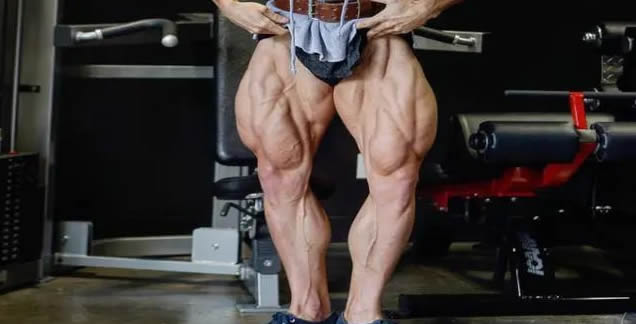
front squats
when it comes to lower body movements, the deep squat is definitely one of them. It is one of the top movements for training strength, endurance and muscle tone. To really focus on the quads, consider a variation of the quadriceps. While the barbell behind-the-neck squat can be squatted deep to stimulate the entire thigh, the front squat is a better approach if the training goal is to target the quadriceps.
Placing the weight in front of the body will focus the target muscles more on the quads. Although this is a primary exercise for the quads, the hamstrings and gluteus maximus will also assist as secondary muscles to complete the exercise. As well as training the lower body, the front squat also activates the core, with all the stabilising muscles coming into play and requiring forceful contraction to keep the body upright.
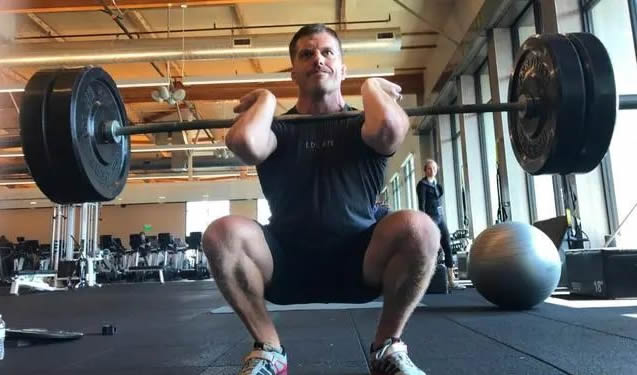
starting position: Stand in front of a deep squat rack and hold the barbell above your shoulders.
Movement.
1. Squatting, place the barbell in the clavicle position and hold the barbell in a backhand grip with both hands on either side of the shoulders, gripping slightly wider than shoulder width apart.
2. Lift the deadlift upwards as you extend your knees to a full standing position.
3. Balance your body, bend your knees and squat down as far as possible.
4. Stop at the lowest point and rise upwards to complete a movement.
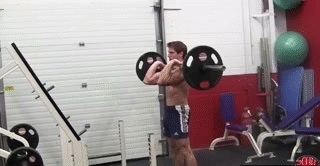
leg curl (toe in)
next up is the leg curl. This movement is not designed to help build strength, but it works well to isolate the quads and build muscle tone. This is a great move if you want to make the outside of the quads look bigger.
Do this movement with the toes inward, which will put more focus on the outer quadriceps. As this is an isolation movement, concentrating on the quadriceps themselves, the other muscles will not be stimulated as much when doing this movement.
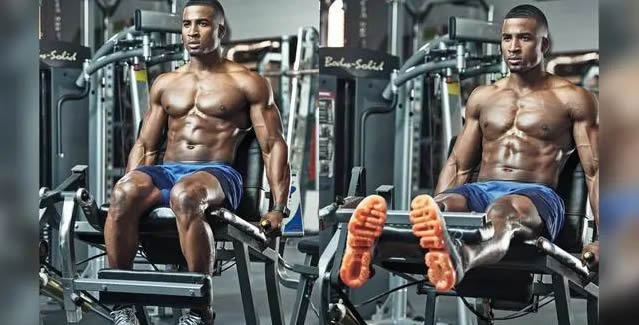
starting position: Sit on the leg flexor apparatus, which is comfortable, and pinch your calves under the foot pads. The knees should be at a right angle so that you can do the whole movement.
Movements.
1. Sit up straight and rotate the leg with the toes slightly inwards.
2. Contract the quadriceps, lift the leg and extend the knee.
3. Continue raising the leg until the knee is straight, but do not hyperextend. 4.
4. If possible, hold in this position for a moment and then slowly lower the weight to complete one movement.
5. Continue through all reps, moving in a controlled manner and concentrating on the quadriceps.
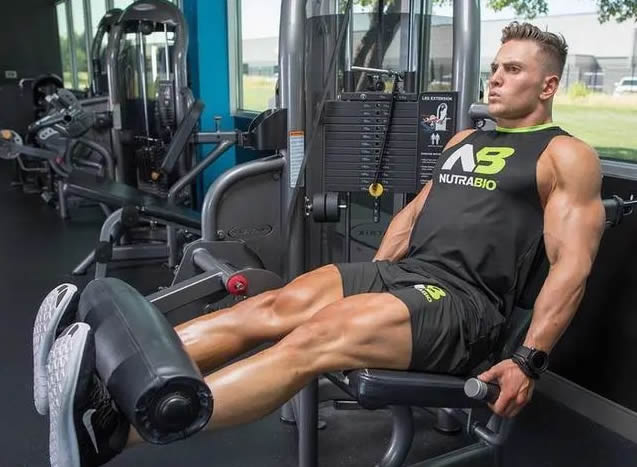
barbell arrow squat
the barbell arrow squat is another powerful strength and muscular movement that is ideal for scheduling after compound movements such as the deep squat. The advantage of the barbell arrow squat is that you can train each leg separately, with the stronger side not helping the weaker side, ensuring muscular balance.
The barbell arrow squat emphasises the quadriceps and also stimulates the gluteus maximus and hamstrings. The core muscles also need to be contracted throughout the movement to keep the body in balance. To focus more on the quads during this movement, take smaller steps as you walk forward, shifting your weight forward to ensure that the quads are firing.
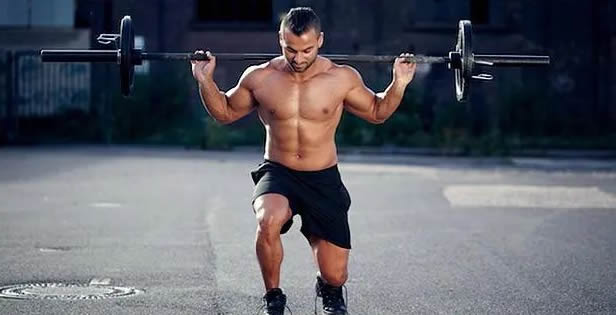
this is a great movement to improve balance and agility.
Starting position: Stand up straight with the barbell behind your shoulders and hold the sides of the bar in your front hands, much like a traditional barbell squat.

movement.
1. Balance your body and walk forward about half a metre (choose the right stride for your height).
2. With the front foot firmly on the ground, bend the back leg down at the knee while bending the front leg at the knee.
3. Stop when the back leg knee is close to the ground, then straighten the knee and return to a standing position.
4. Step the back leg forward and repeat the movement with this leg.
5. Alternate legs forward, making sure your back is always in a neutral position.

leg raises
the last movement that should be placed in a quadriceps training programme is the leg raise. If you are unable to squat due to injury or limited mobility, the leg raise is a great alternative.
The advantage of the leg raise is that you can change the position of your foot on the pedal, which makes it easy to change the target muscle group that is under pressure. This is a high intensity exercise that works all the major muscle tissues of the lower body.
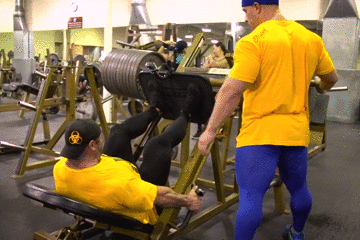
if the foot is high on the pedal, it stimulates the gluteus maximus and hamstrings more, and the location of the foot on the pedal will place the stimulation on the quadriceps. If you want to improve muscle tone by using the outer quadriceps as a target muscle, place your foot lower and at a narrower standing distance. Placing both feet almost together puts more weight on the quadriceps.
It is a challenging and versatile movement for the thighs.
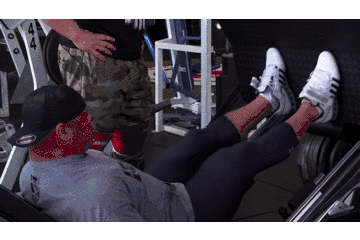
starting position: Sit on the leg lift machine with your back lying flat and your feet in a lowered position and leaning together.
Movements.
1. Keep your core tight, always keeping your feet in the same position.
2. Extend the knees until they are almost straight but do not lock.
3. Slowly lower the weight and bend the knees.
4. Bring the knee as close to the body as is comfortable, then push the weight back in to complete a movement.
5. Repeat until all the specified reps have been completed.
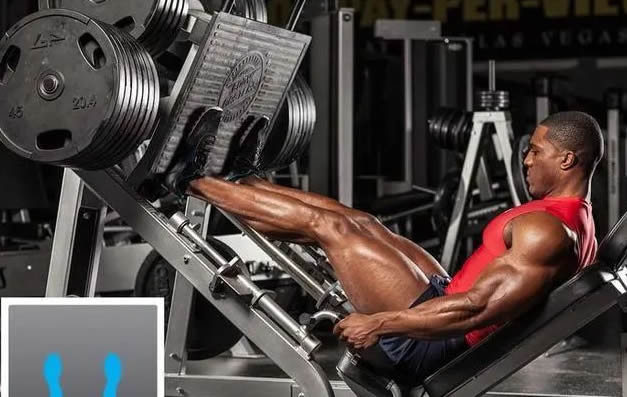
these four movements will help take the quadriceps to new levels. You may not want to do all four movements for every workout, but you can swap between them so that you can work the quads.
Here's a lower body workout for the quads to try next time you're at the gym. It's comprehensive and works the quads, hamstrings and calves to ensure the whole leg is well trained.
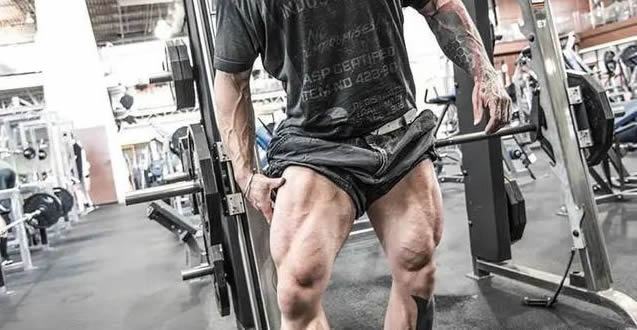
training movements number of sets number of reps
front squats 1* (warm-up set) 12-15
front squats 4 8-12
barbell arrow squat 4 10 (each leg)
leg raises 5 12-20
prone leg curl 4 12
machine leg curl 4 12
standing heel raise 3 15
seated heel raise 5 8

train alone or with someone else, get your legs right and you'll see yourself improving, get on this workout and the next leg king might be you!

